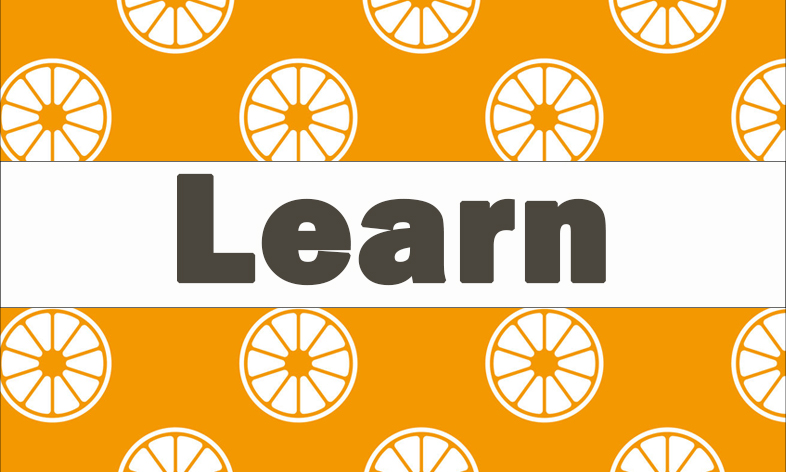News
Time to Clean
Tuesday, June 23rd, 2020

Cleanliness has never been more front of mind than it is today against the backdrop of COVID-19. This worldwide pandemic has moved cleanliness from a “normal” level of expectation to a potential matter of life and death. What does your congregation need to know about cleaning and disinfecting?This week’s timely topic that may be helpful in your role at a church or organization is Cleaning and Disinfecting Your Worship Facility.
So now you know what causes problems on the surfaces you need to keep clean and safe, but you also need to know the definitions for what you are trying to accomplish by “cleaning” your facility.
For example, let’s say your part-time custodian says, “I cleaned the nursery.” Does this mean he picked up the toys and wiped down the tables? Did he also disinfect high-touch areas such as the doorknobs and light switches? Are things “sanitary” now? It is important to be clear with the meaning of clean so you can be confident that you have addressed all of the needs in a specific area. What are the differences between cleaning, disinfecting, and sanitizing?
Cleaning removes germs, dirt, and impurities from surfaces or objects. Cleaning works by using soap (or detergent) and water to physically remove dirt and germs from surfaces. This process does not necessarily kill germs (bacteria, viruses, or fungi), but by lifting dirt and germs off surfaces so they can be rinsed away with water, it lowers their numbers and the risk of spreading infection.
Examples of items that need to be regularly cleaned include floors, walls, windows, refrigerators, etc.
Dirt and organic material make some disinfectants less effective, so cleaning is necessary before disinfecting in most cases.
Did you know: According to the EPA, cleaning has been shown to remove up to 98 percent of bacteria and 93 percent of viruses from surfaces.
Disinfecting kills germs on surfaces or objects. Disinfecting works by using chemicals to kill germs on surfaces or objects. This process does not necessarily clean dirty surfaces or remove germs, but by killing germs on a surface after cleaning, it can further lower the risk of spreading infection. Disinfection usually requires the product to remain on the surface for a certain period of time (e.g., letting it stand for 3 to 5 minutes).
Disinfectants are chemical products that kill germs on hard, non-porous surfaces or objects. These chemicals are also called antimicrobial pesticides and are regulated by the U.S. Environmental Protection Agency (EPA) and state agencies. The label should have a list of germs that the product can kill, along with an EPA registration number. Because disinfectants are pesticides designed to kill or inactivate germs, make sure you need them for the specific task.
Sanitizing lowers the number of germs on surfaces or objects to a safe level, as judged by public health standards or requirements. This process works by either cleaning or disinfecting surfaces or objects to lower the risk of spreading infection.
Sanitizer products reduce bacteria on a surface by at least 99.9 percent and are also regulated by the EPA. Sanitizers are certified for bacteria only. Sanitizing is required in specific areas such as food preparation and contact surfaces, and in childcare areas for mouthed toys and pacifiers.
Did you know? Sanitizers are most often used in food settings, but not always. If a product is labeled as a “food contact” sanitizer, it can be used safely to clean surfaces such as tables that will later touch food.
This information has been excerpted from the CongregationU online course “Cleaning and Disinfecting Your Worship Facility.” This 80-minute course can be purchased for just $20 per learner. Check out our entire course list here.